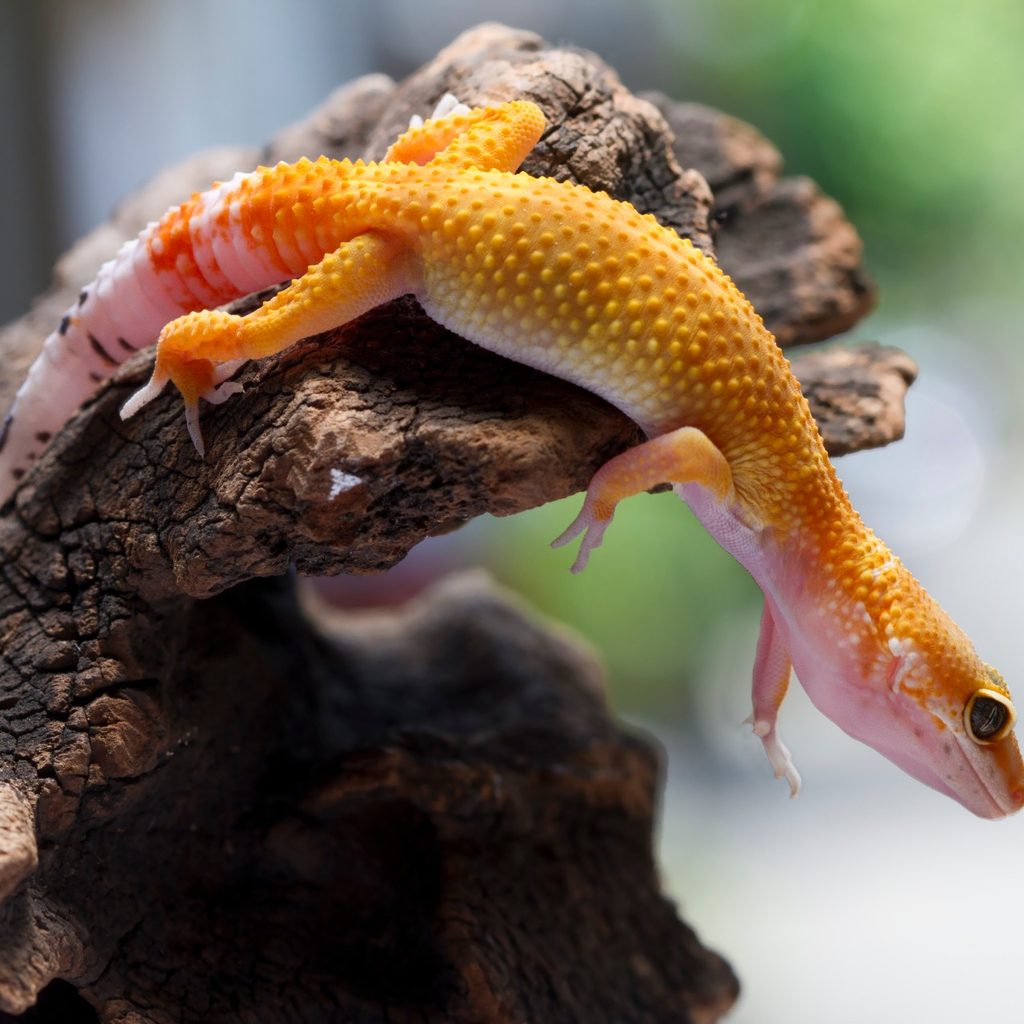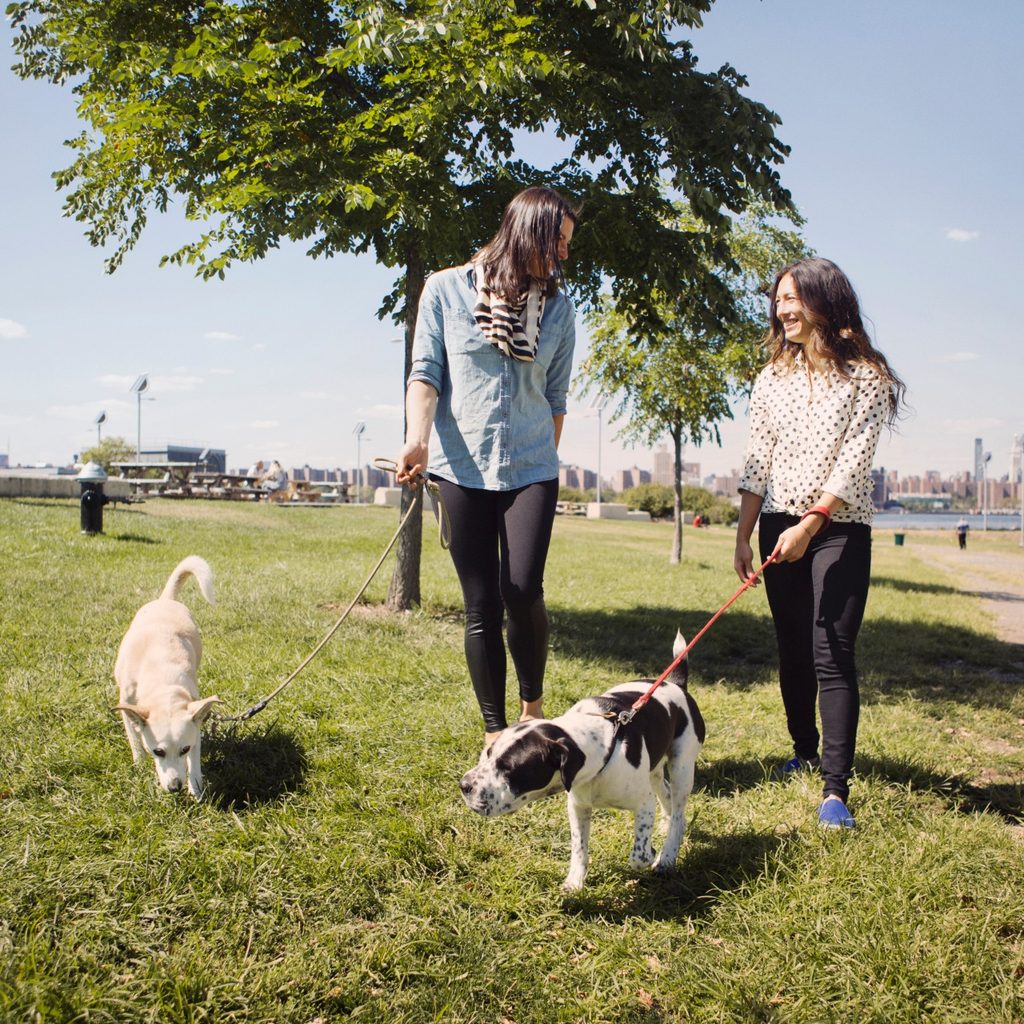Reptiles are relatively low-maintenance pets compared to puppies or kittens. Watching them grow is a rewarding experience and an educational lesson if you have young children at home. Of course, we want to make sure we can properly care for one before bringing them home, so here are some key differences between lizards and snakes if you decide to keep one as a pet.
Common types of pet lizards and snakes
There are a handful of common lizard species people keep as pets:

• Bearded dragons are very popular because there’s a lot of information on how to keep them healthy at home. You can choose from a wide variety of coloring and types.
• Leopard geckos are low-maintenance from their lighting requirements to their diets. You can also keep a male and female or two females in one tank safely.
• Uromastyx lizards are also very low-maintenance and become very friendly the more time you spend with them.
If you’re looking to raise a pet snake, consider some common varieties:

• Ball pythons are found in many homes because they don’t grow huge and they’re found in many different color morphs and patterns.
• Corn snakes are similar to ball pythons in that they turn very tame the longer you care for them, making them safe around families. Most don’t grow beyond 20-gallon aquariums.
• Gopher snakes aren’t very common, but beginners should consider them because they’re affordable and can be easily found at local shops or reptile shows. Most only grow up to 4 or 5 feet.
Equipment you’ll need

There are some essentials you’ll need for reptiles:
• The first piece of equipment you’ll purchase is an aquarium or tank. Most pet lizards and snakes do well in a 20-gallon tank. These are 24 inches in length, 12 inches in width, and 12 inches in depth.
• Next, you’ll need lighting for warmth. Lizards need heating pads or spotlights to help them stay warm. If a lizard is too cold, they will stand still and their bodily functions will completely stop. Snakes also need heating lights that keep the aquarium around 80 degrees and another spot that’s around 90 degrees. Contrary to popular belief, most pet snakes don’t need UVB lighting to help them absorb calcium.
• Let’s talk about food. Lizard diets range from green vegetables to live crickets. Common vegetables and fruits to feed lizards are honeydews, apples, strawberries, dark lettuces, collard greens, and grapes. Incorporate crickets, mealworms, and even mice, depending on your lizard type. It depends on your pet’s breed, but most get water from the food they eat. For others, you need to spray the plants in their tank with water, which they’ll happily drink.
Snakes need meat to survive. Buy pinkies (baby mice) from the pet store and as your snake gets older, feed them older or furry mice that are either live or pre-killed. Baby snakes eat about twice a week and older snakes eat once a week or every two weeks. Keep water in their tank at all times.
• For flooring, you can get away with newspaper or paper towels for lizards’ aquariums. Change these as needed when they get soiled or wet. For snakes, you can also use paper towels and newspapers, but you need an additional layer of substrate like mulch or Aspen shavings.
Differences between lizard and snake training
Most pet lizards are not aggressive and will let you handle them every day without acting out. They will even recognize you as their owner and display friendly gestures. Pet snakes like corn snakes are also easy to handle and become more tame as they grow. Remember to hold them as much as you can when you first bring them home so they can get use to you and vice versa.
Lifespan
The good thing about keeping a pet lizard or snake is that they have longer lifespans than they would in the wild. Lifespans range from three years for very small lizards to 30 years for medium-sized house pets. On average, expect your pet lizard to live between 10 to 15 years.
Snakes have a longer life span ranging from 10 to over 30 years as a pet. Be prepared to care for your snake pet for at least 20 years or more.

So there you have it. The main differences between pet lizards and snakes is in their diet, equipment needs, and lifespans. Remember that these differences also exist between different breeds. Whether you choose a lizard or snake, prepare to commit up to two decades of care for your new reptile. Although they may not show affection like a furry dog or cat, they are still a joy to raise.


